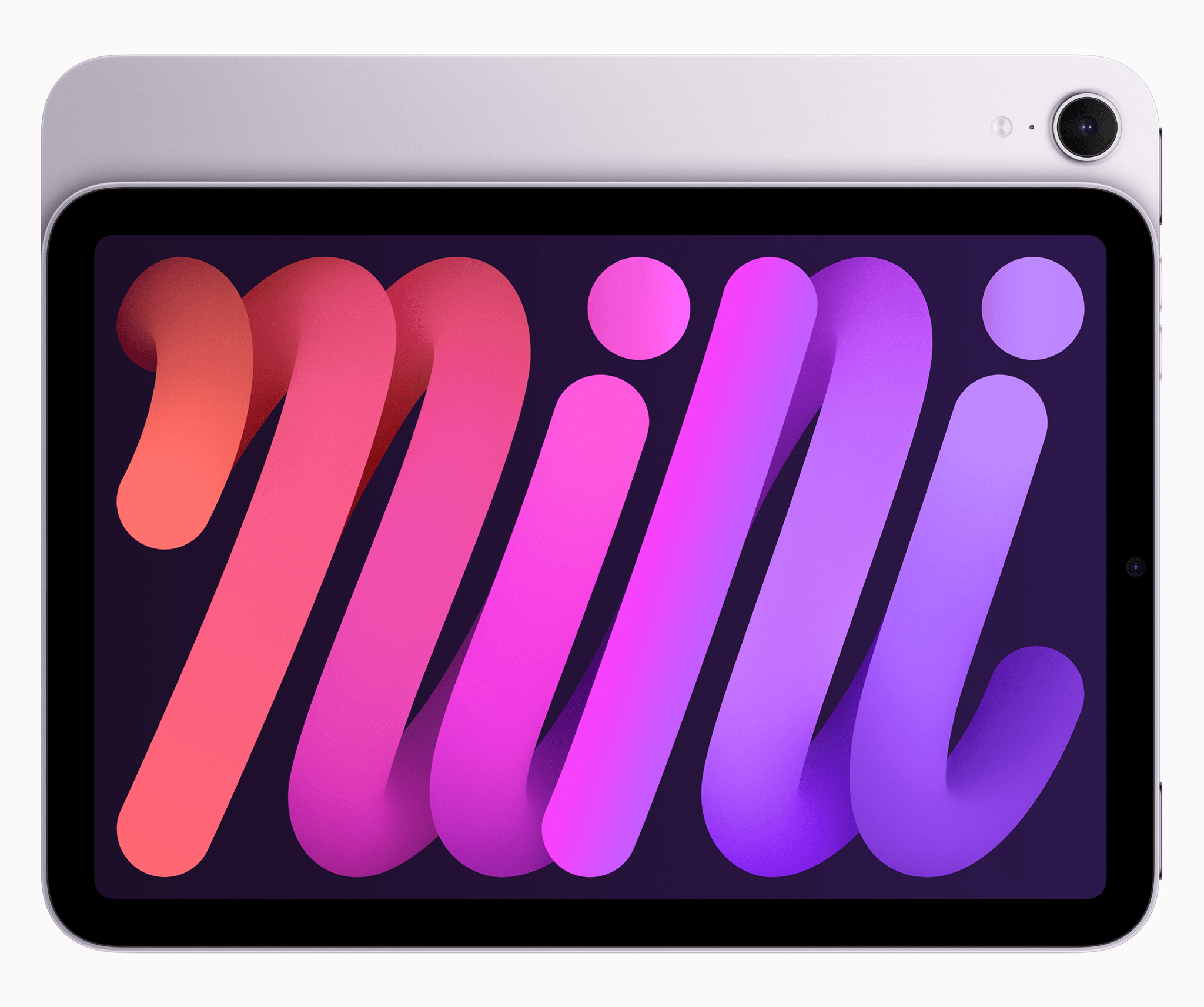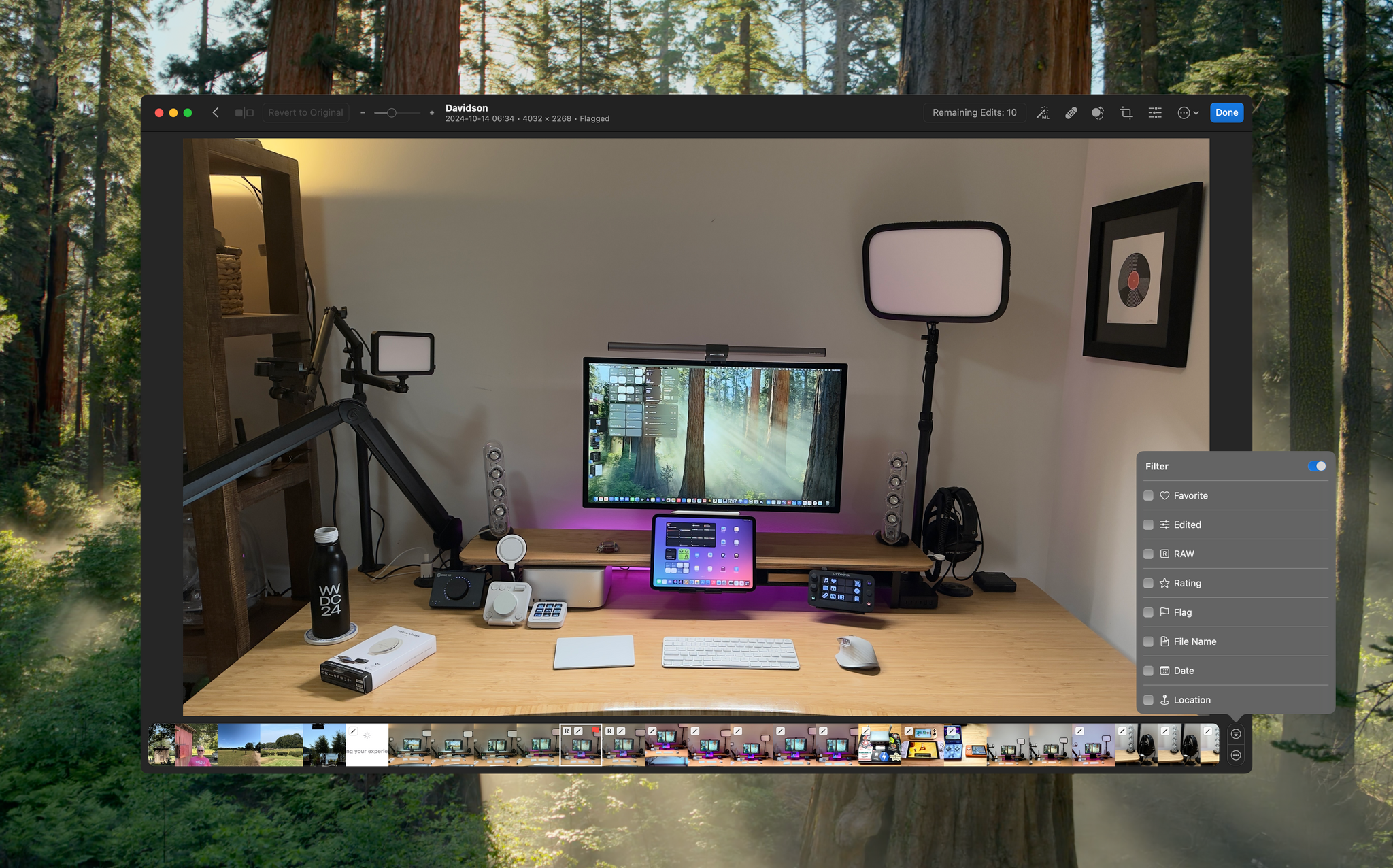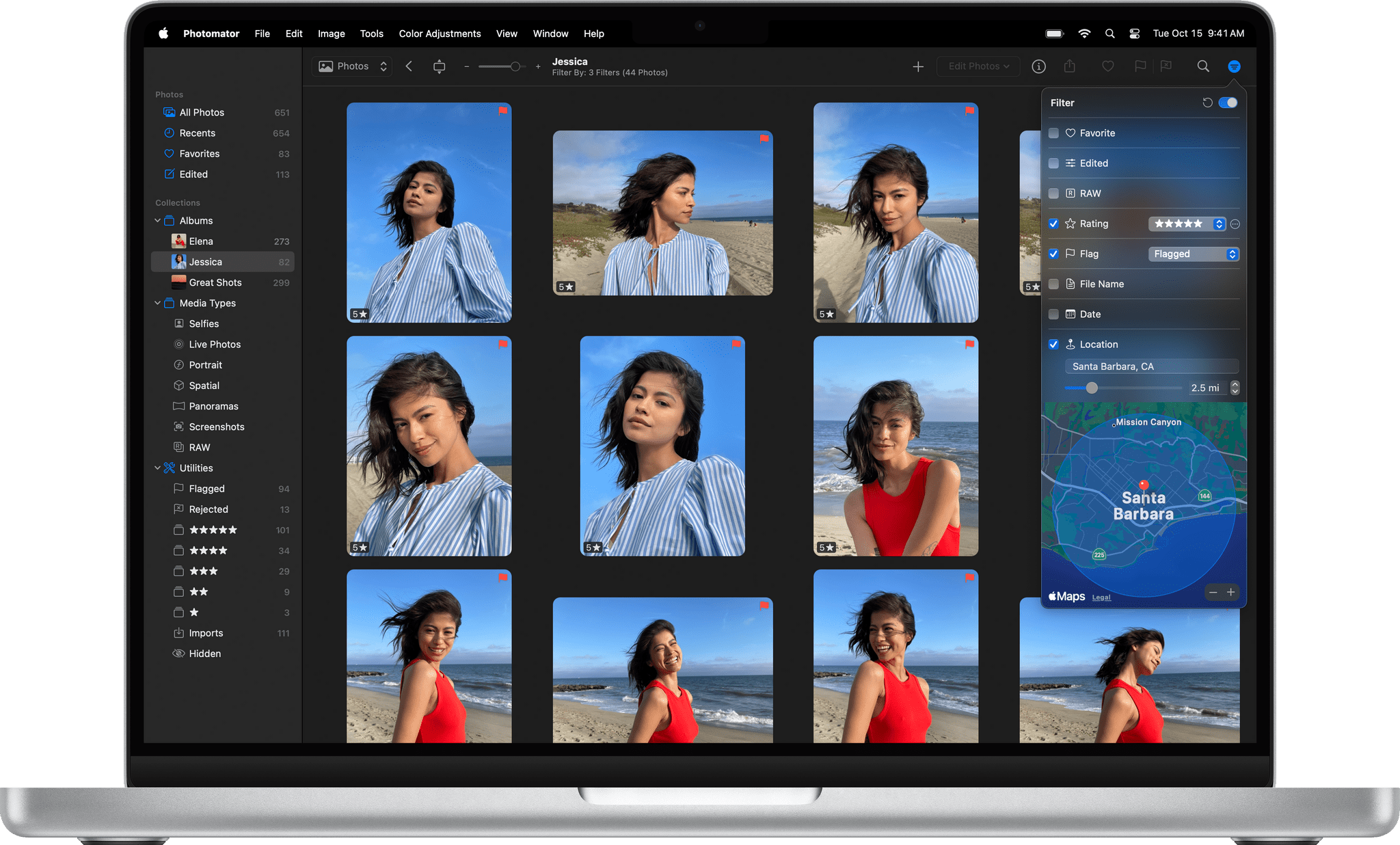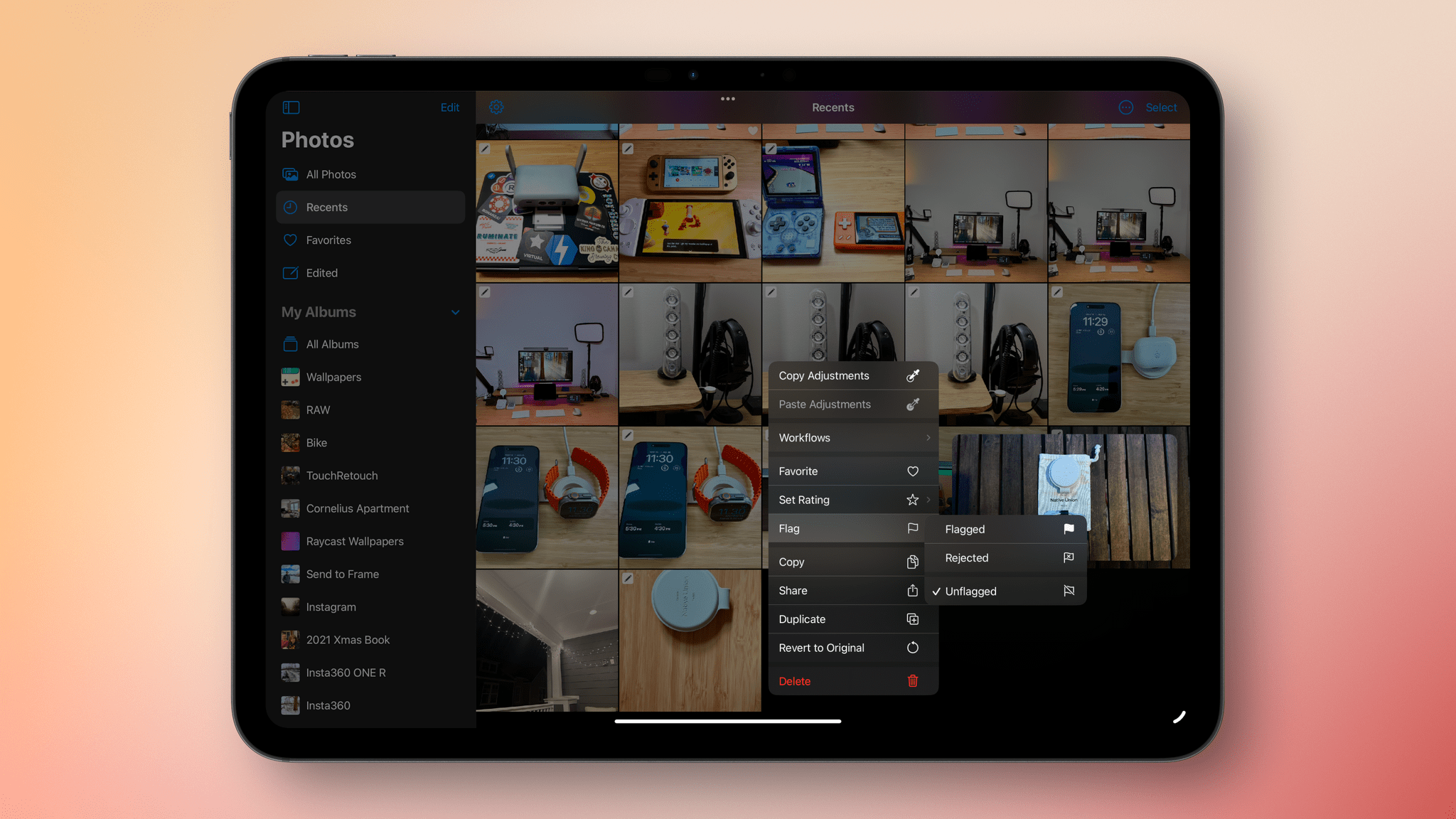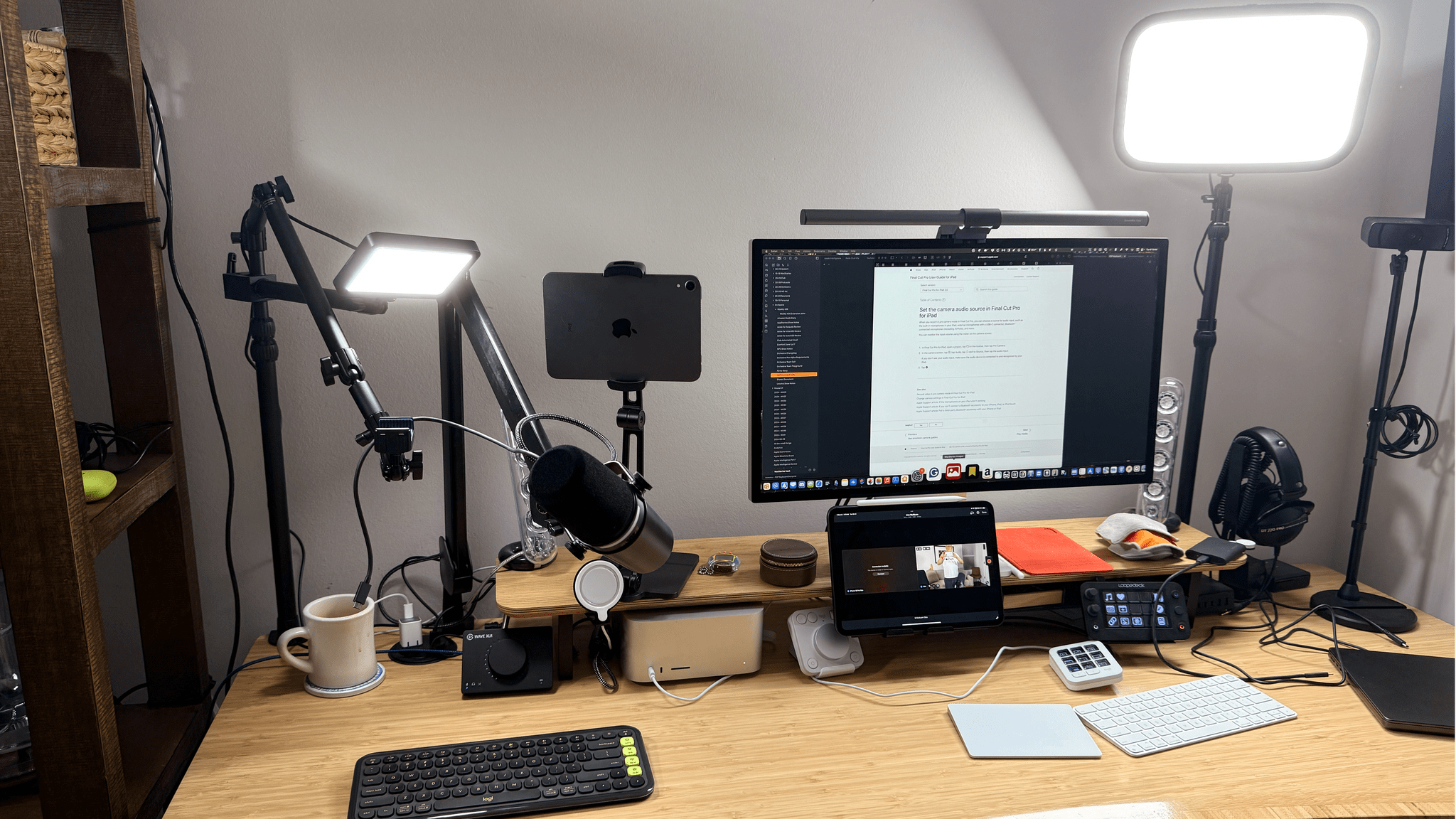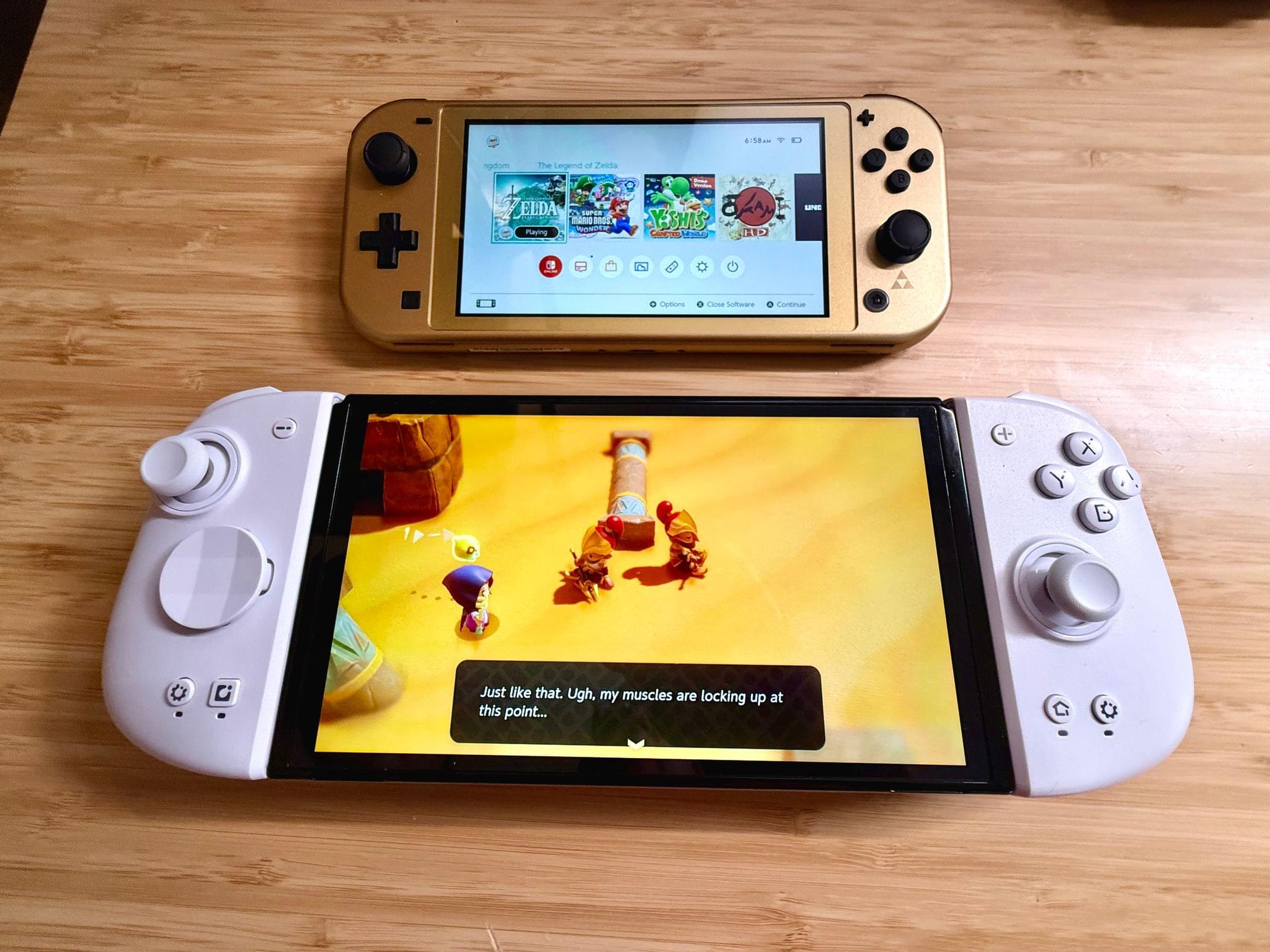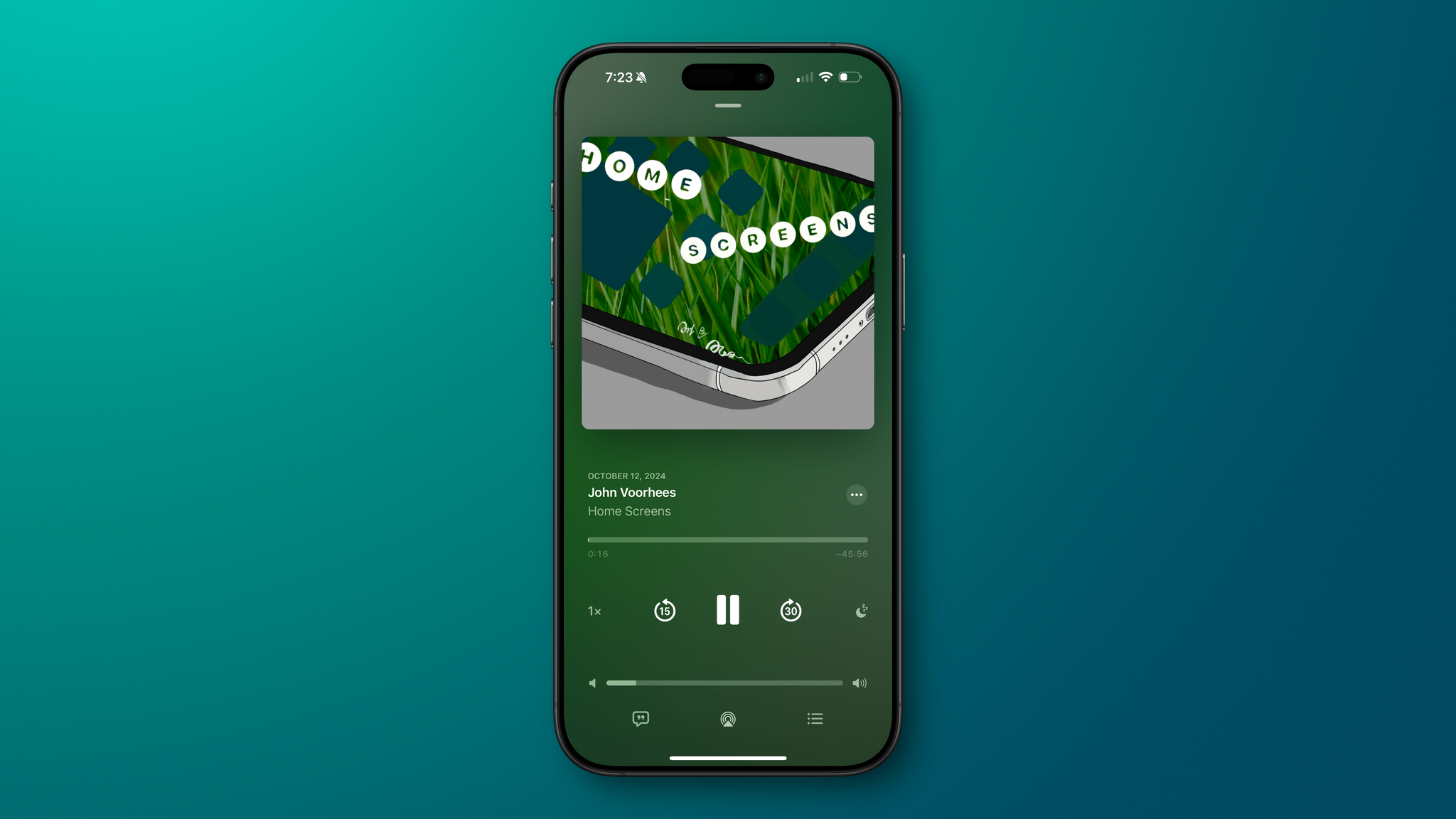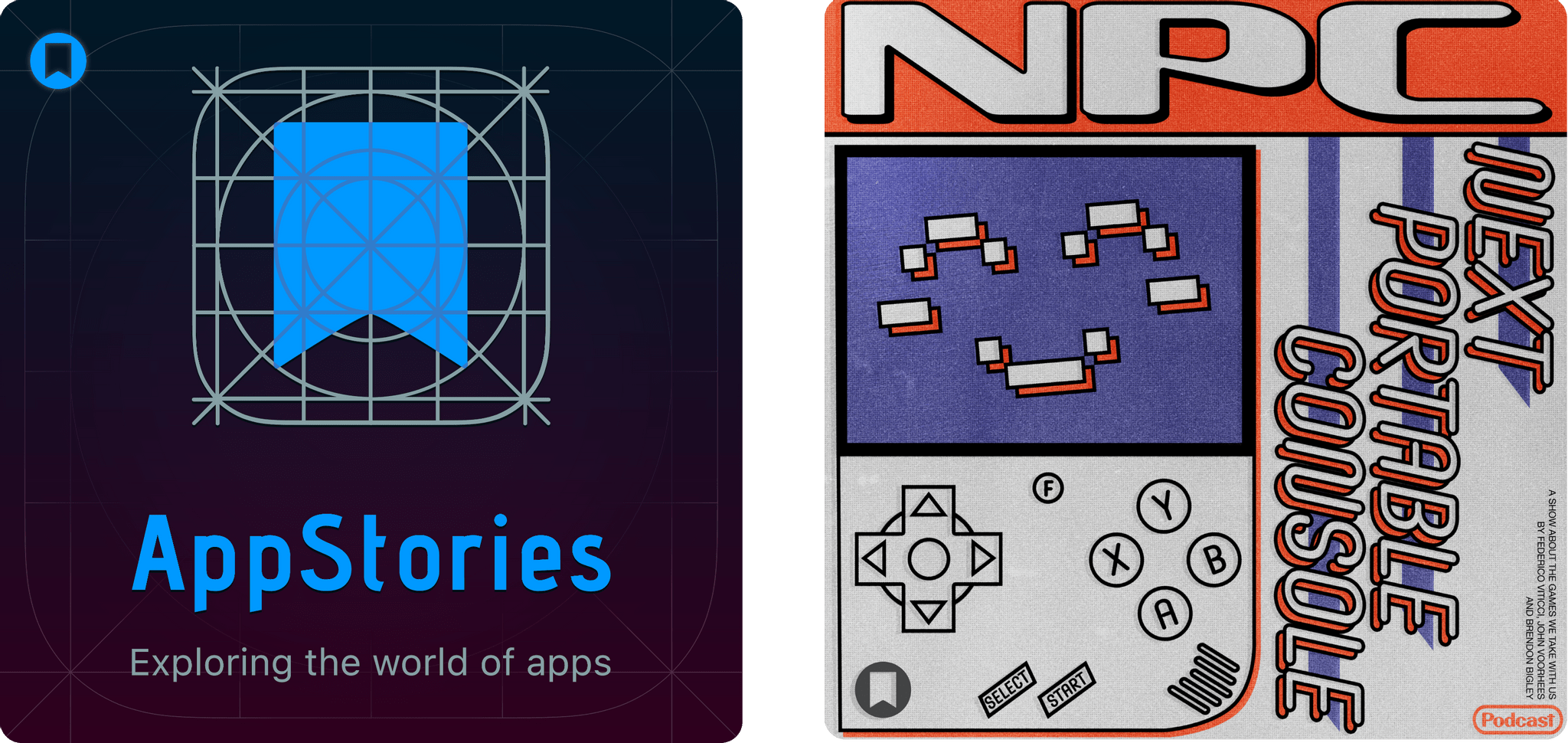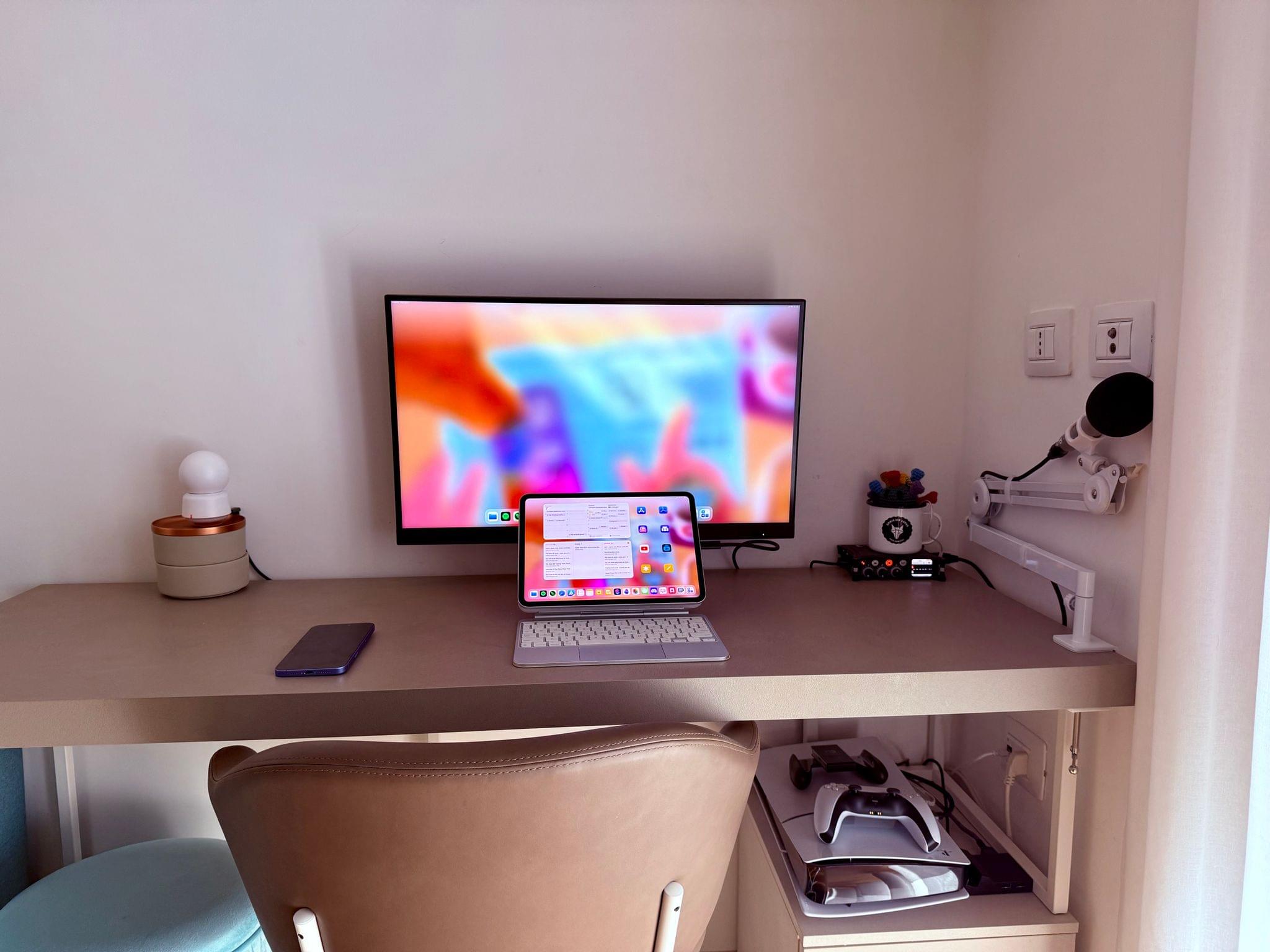Apple has updated the iPad mini, with a revision that is sure to leave some fans of the device disappointed. That’s because there have been virtually no changes to the device’s screen, cameras, or authentication systems.
The new iPad mini features an A17 Pro chip that was added to allow the device to work better with the upcoming Apple Intelligence features. According to Apple’s press release:
A17 Pro delivers a huge performance boost for even the most demanding tasks, with a faster CPU and GPU, a 2x faster Neural Engine than the previous-generation iPad mini,1 and support for Apple Intelligence.
In addition, the new mini features:
- New storage options: 128GB, 256GB, and 512GB, eliminating the 64GB option altogether
- Support for the Apple Pencil Pro
- Wi-Fi 6E, up from from Wi-Fi 6
- Bluetooth 5.3, an upgrade from 5.0
- New blue and purple options
Those are all worthwhile upgrades, but I expect what will really define the new iPad mini for a lot of users is what hasn’t changed:
- The underlying screen technology remains the same Liquid Retina display that does not support ProMotion
- Both cameras remain the same, but they now support Smart HDR 4 instead of Smart HDR 3
- The front-facing camera remains on the short side of the device
- The Touch ID sensor found on the top button has not been replaced with Face ID
I’m a fan of the iPad mini. I had a 5th generation model and I still use my 6th generation mini, but it’s seen better days. The mini needs a better display, camera, and Face ID. I don’t expect Apple to build a ‘pro’ version of the mini, but if history is any indication, what was released today won’t be updated until around 2027, and that makes me a little sad.
The new iPad mini starts at $499 with 128GB of storage. Pre-orders begin today and deliveries start October 23rd.


